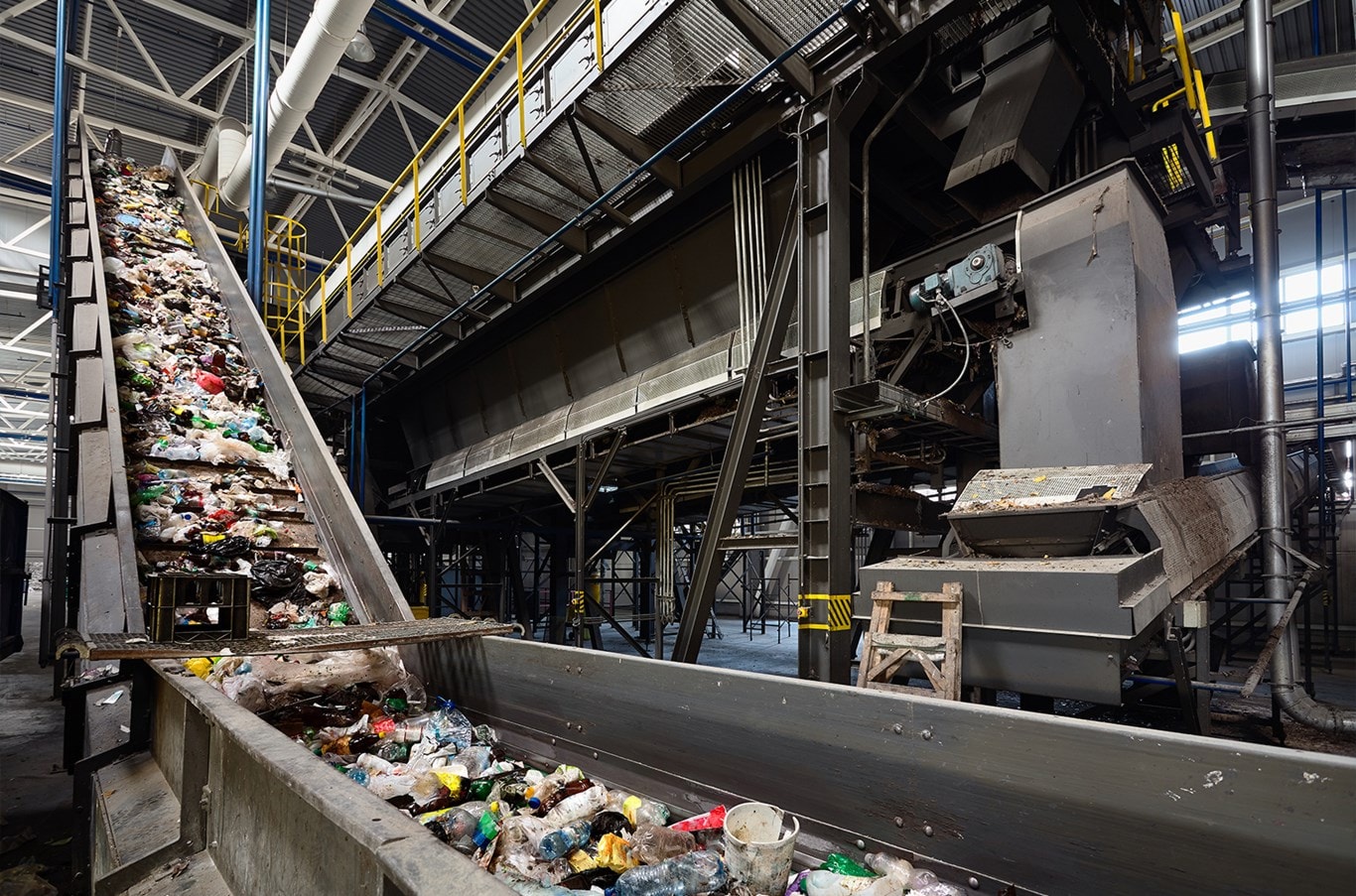MARPOL - EU Legislation and Directive Related to Waste Threshold Limits
Over the past two decades, the MARPOL Convention and its Annexes have undergone amendments to impose stricter restrictions and prohibitions on waste discharges from ships at sea. These changes have necessitated greater adherence to environmental standards and fostered the adoption of innovative technologies and practices to minimise waste discharges.
The European Union (EU) has consistently prioritised safety and environmental protection, emphasising the importance of complying with international maritime conventions, codes, and resolutions as part of its maritime policy. The EU's environmental initiatives and legislation aim to minimise the adverse effects of human activities, such as marine pollution, resource depletion, and climate change.
Despite guidance provided by the International Maritime Organization (IMO) on port reception facilities and their users, instances of waste discharges at sea still occur, leading to environmental damage. One significant contributing factor is the lack of sufficient port reception facilities, which hampers the effective delivery of waste ashore. Additionally, the lack of significant incentives to promote the delivery of waste to shore worsens the problem even more.
In line with Directive (EU) 2019/883, in conjunction with 2000/60/EC of the European Council, the EU emphasises the application of environmental legislation concerning ports and waste management from ships. This directive calls for international efforts to prioritise waste reuse and recycling over other methods of recovery and disposal, thereby establishing the need for waste collection systems.

It recognises the importance of separate waste collection from ships to facilitate proper preparation for reuse or recycling within the waste management chain. The principle behind this directive is that an effective waste management system on ships should be complemented by an equally effective waste collection system on land.
Recent developments in monitoring, control, and data reporting requirements for ships trading in EU ports are aimed at managing the various categories of waste they handle. Additionally, these developments highlight the growing significance of port reception facilities within the "Waste Cycle" concept. The Waste Cycle concept holds that waste producers are ultimately responsible for the environmental impact of their products throughout the entire lifecycle.
Directive EU 2019/883 emphasises the need for adequately equipped port reception facilities and encourages neighbouring EU states to develop a joint plan for a uniform system to optimise the utilisation of these facilities. It also mandates the development of a comprehensive waste reception and handling plan, tailored to the port's size and the types of ships calling at that port.
Incentives are provided for delivering waste to port reception facilities, with ships possessing efficient waste management systems on board being charged lower fees for waste discharge at these facilities. Regulation (EU) 2022/91, outlines the criteria for determining eligibility for such fee reductions based on waste production and management effectiveness. Furthermore, the directive particularly encourages the delivery of residues from tank washings containing high-viscosity persistent floating substances.
All ships trading in EU waters are now required to adopt an electronic reporting system. They must fill out a pre-arrival advance waste notification form in accordance with the FAL Convention. This form requests information about the ship's previous and future ports of call, details of waste according to different MARPOL Annexes on board, maximum waste retention capacity, storage tank capacities for waste, the maximum amount of waste to be delivered, the estimated waste generation between notification and the next port of call, and other statutory data.

Initially, a vessel calling at an EU port was required to deliver all its onboard waste to the port reception facility. However, an exception is made for ships that have sufficient dedicated storage capacity for all waste generated during their intended voyage until the next port of call.
A calculation method has been established to determine the dedicated waste storage capacity, considering the maximum waste retained relative to the maximum storage capacity. This method defines the used waste capacity of a ship. If this capacity is likely to exceed a specified threshold, there are clear disposal requirements for ships sailing to EU/Non-EU ports or a group of selected additional ports from an EU port.
It's important to note that this calculation method cannot be applied to waste disposal under Annex II of the MARPOL Convention and should not be applied to passively fished waste. Cargo residues falling under Annex II of the MARPOL Convention, containing category X and category Y substances, are still subject to mandatory prewash and delivery requirements to a port reception facility, as specified in the Annex.
For wastes falling under Annexes I, IV, and V of the MARPOL Convention, a waste generation rate has been defined in Regulation (EU) 2022/89. Vessel owners using exhaust gas cleaning systems are advised to refer to the waste generation rate table in the aforementioned. Estimating the onboard waste generation for various waste types can be done by reviewing historical records of waste generated.
Inspection authorities may examine waste delivery receipts, advance waste notification forms, vessel logs like the garbage record book and the oil record book to ensure consistency between the actual waste generated on board and the recorded rate of waste generation.
Under Regulation (EU) 2022/90, it is required that Member States carry out inspections on 15% of ships that enter their ports to ensure compliance with waste regulations. These inspections prioritise ships with the greatest likelihood of non-compliance, utilising a standardised selection process based on uniform criteria across all EU countries.
Non-compliance with the legislation and requirements outlined above can result in fines and additional verification inspections by the port state control authorities causing vessel delays and additional costs for ship owners and operators.
Members requiring further guidance should contact the Loss Prevention Department.
